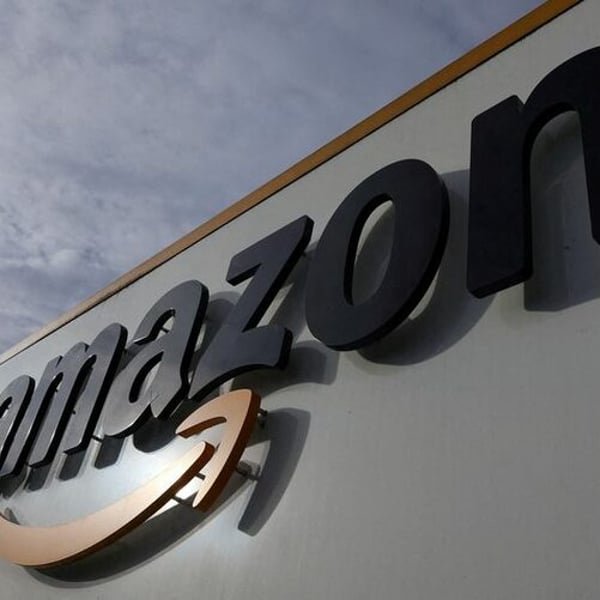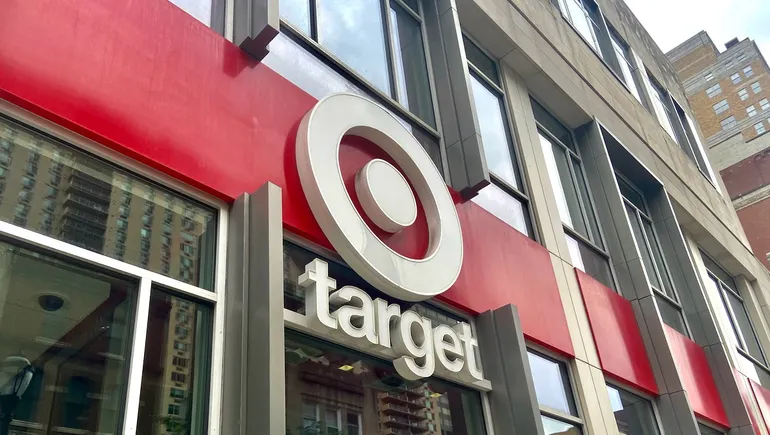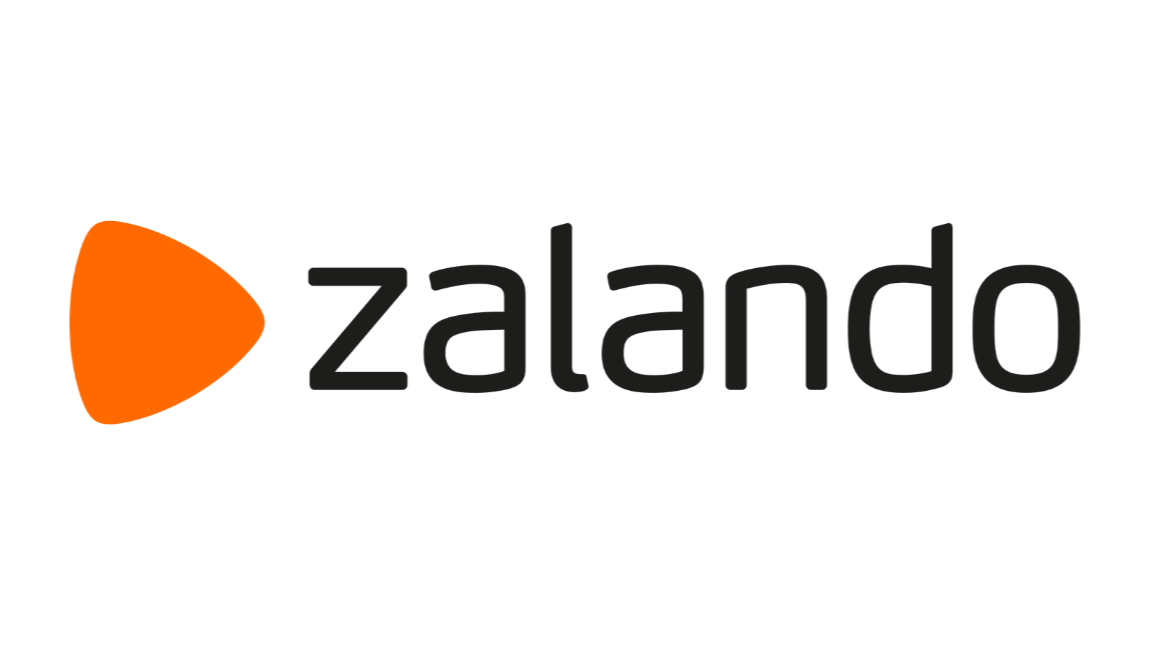Amazon’s AI Glasses, Target’s Trend Brain, Zalando’s Robot Fleet
Retail giants are going all in on automation: Amazon with smart delivery glasses, Target with generative design tools, and Zalando with AI robots.
Amazon Unveils AI Glasses and “Blue Jay” Robots to Speed Up Deliveries
Amazon has introduced Amelia, a pair of AI-powered smart glasses for delivery drivers that provide turn-by-turn directions, scan packages, and capture proof-of-delivery photos—all without juggling a handheld device. Revealed at the company’s “Delivering the Future” logistics event, the eyewear aims to shave seconds off each drop-off while improving safety. The company also debuted Blue Jay, a robotic arm designed to collaborate with warehouse workers for faster item sorting, and announced an AI operations system to prevent gridlock across its fulfilment centers.
Why it matters: Amazon’s logistics innovations ripple far beyond e-commerce convenience, they redefine consumer expectations for speed and flexibility across all retail categories, fashion included. As AI and robotics compress delivery windows from days to hours, “fast fashion” starts to mean fast fulfilment, not just fast production. Brands unable to match Amazon-level precision in last-mile delivery risk losing market share as customer expectations shift.

Target Expands Generative AI Across Merchandising and Marketplace
Target is accelerating its turnaround with a deep push into generative AI across product design, demand forecasting, and marketplace operations. Chief Information and Product Officer Prat Vemana told Retail Dive that the retailer’s new platform, Target Trend Brain, uses machine intelligence to surface trend insights for its merchants and accelerate product development, without replacing human creativity. In parallel, Target’s agentic AI tools are streamlining the review of third-party sellers for its curated Target Plus marketplace, while a new forecasting engine is helping position inventory more efficiently ahead of the holidays. The company has also issued over 10,000 AI licenses to employees and hosted in-house training with OpenAI.
Why it matters: Target’s use of generative AI for trend forecasting and design ideation is a signal of what’s coming for the wider apparel ecosystem. When one of the world’s biggest mass retailers starts blending human designers with AI-driven trend engines, it accelerates pressure on fashion brands to speed up product creation cycles (without losing creative edge).

Zalando Deploys AI-Powered Robots to Boost Fulfilment Efficiency
Zalando has rolled out “Richard”, a fleet of AI-powered robots developed by Nomagic, across its European fulfilment centres after a trial that achieved 10,000 picks per day. The robots handle item-level picking, scanning, and sorting to support warehouse staff, with nine already active and a “double-digit number” planned for 2026. The move follows Zalando’s minority investment in Nomagic’s $44 million Series B round and reflects its wider automation push.
Why it matters: Zalando’s robot rollout isn’t just about warehouse speed, it’s about strategic resilience in an era of labour volatility, rising logistics costs, and fast-cycling fashion trends. By investing in AI-driven fulfilment and creative production simultaneously, the company is effectively building an adaptive infrastructure that can flex with cultural and operational shocks. It also positions Zalando to own its data loop end-to-end, from what’s trending on social media to how that product is picked, packed, and shipped hours later. That kind of vertical AI integration is what could separate the next generation of fashion platforms from legacy e-commerce players still optimising yesterday’s processes.




